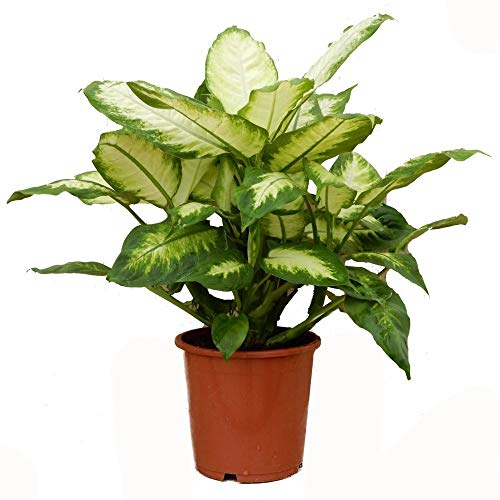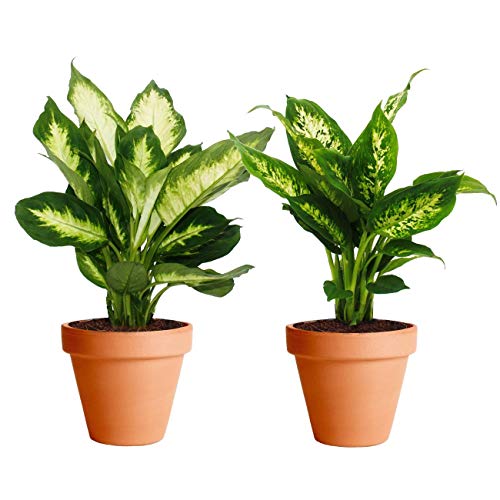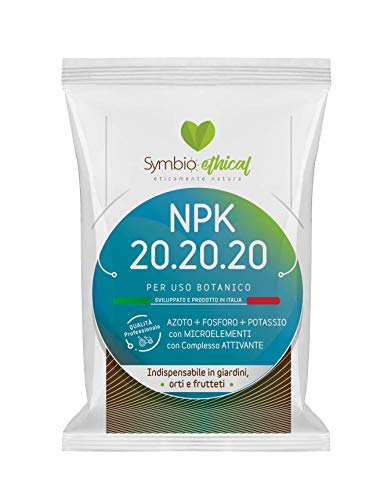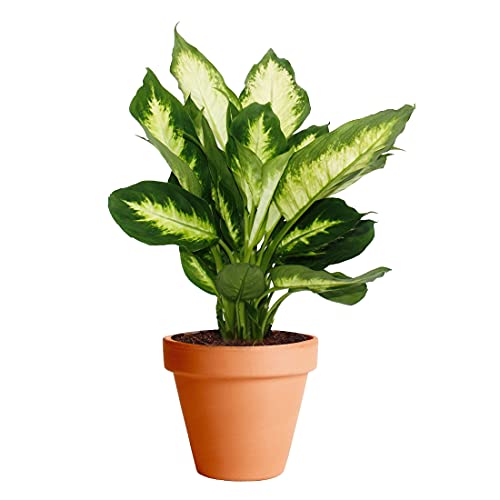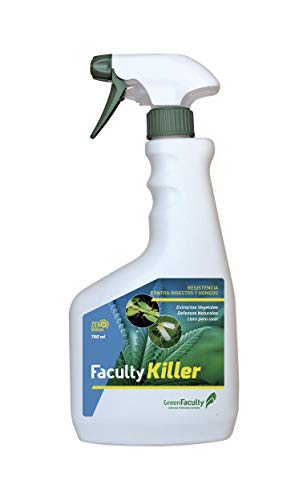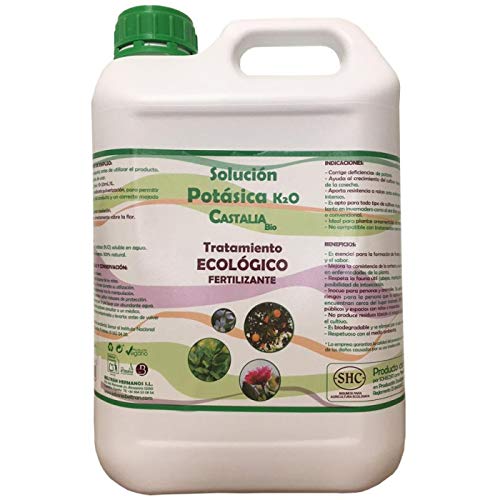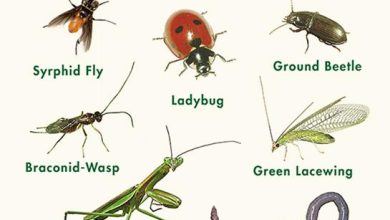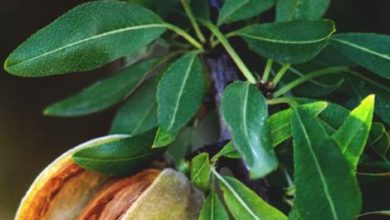Guide to Learn to Take Care of your Dieffenbachia Step by Step

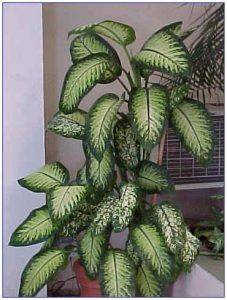 Dieffenbachia, also called diefembaquia, is an ornamental plant with high commercial value due to the beauty and size of its leaves.
Dieffenbachia, also called diefembaquia, is an ornamental plant with high commercial value due to the beauty and size of its leaves.
Which have spectacular spots of different shades and shades on each side of the central nerve of the leaf.
Although its cultivation is relatively simple, this plant needs specific requirements to grow properly.
For this reason, on this occasion we want to share a guide with the main care of dieffenbachia. We hope you find it useful.
What soil needs does dieffenbachia have?
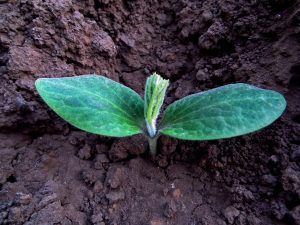 Dieffenbachia grows best in fertile, loose, aerated, well-drained soil.
Dieffenbachia grows best in fertile, loose, aerated, well-drained soil.
They must have a high content of peat or materials such as coconut fiber to allow them to retain the necessary moisture.
An effective substrate mix can be made up of one part perlite, or river sand, and topsoil.
Or, a part of universal substrate and another of Peat Moss or peat. Regarding the pH, a range between 5.5 and 7.0 is suggested.
How to make dieffenbachia grow strong and vigorous?
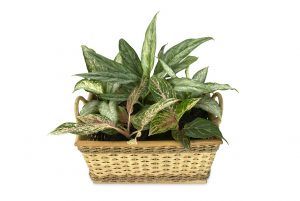 Diefembaquia is not one of the hardiest of houseplants.
Diefembaquia is not one of the hardiest of houseplants.
In fact, it may need extra attention during its growth stage. However, if all the requirements are met, it is very likely that you will live for many years.
What can you do to make your plant grow strong and vigorous? Here we share some key aspects.
Temperature
Being typical of tropical climates, dieffenbachia requires warm conditions to develop, between 18°C and 23°C. Likewise, it has the capacity to withstand temperatures below 15°C for short periods of time.
However, if it were to find temperatures below 15°C, or if it were exposed to cold air currents, the plant generally loses the lower leaves and its growth is slower.
Lightning
Diefembaquia is typically grown indoors as it grows very well in shady conditions, in areas where it receives a high percentage of diffused, indirect light, especially during the winter months.
Although the amount of light required depends on the varieties and their degree of variegation, the suggested amount is usually between 25,000 and 45,000 lux.
However, there is no need to worry too much as the plant has the ability to survive in low light. It should be noted that its growth rate decreases dramatically in low light.
But it can be activated again if it is placed in a brighter place. On the other hand, it is recommended to turn the plant on its own axis so that it does not deform.
Fertilization
The application of fertilizer is another of the main cares for dieffenbachia if you want to obtain better results, since it requires more nutrients compared to other plants.
As such, a balanced liquid fertilizer in NPK 20:20:20 should be supplied every 4 to 6 weeks during its growing season, which corresponds to the months of March to September.
What humidity does dieffenbachia need?
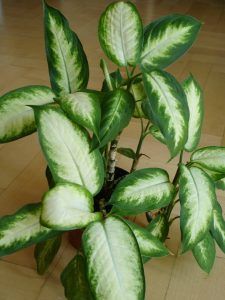 Dieffenbachia is typical of regions with a tropical climate, so it needs environments with relative humidity between 65% and 90%.
Dieffenbachia is typical of regions with a tropical climate, so it needs environments with relative humidity between 65% and 90%.
However, it is important not to exceed the frequency or duration of the irrigations since too much moisture in the soil could be harmful.
Although irrigation depends on factors such as temperature, sun exposure and plant growth stage, it is recommended to apply it every time the substrate dries out, at least 5 centimeters deep.
This is when it should be watered thoroughly, until the water reaches the base of the plant. As a guideline, small plants should be watered once a week during the growth phase.
In larger specimens, irrigation should be applied twice a week. It will be necessary to increase the frequency during the summer and decrease it in winter.
Is it necessary to prune dieffenbachia?
Pruning within dieffenbachia care is not necessary unless it needs cleaning. To do this, simply remove the lower leaves as they fall.
This prevents the outbreak of diseases. In the event that the foliage becomes too sparse, it can be cut back to a height of 15 centimeters to revitalize it.
However, it must be considered that the best time for pruning is during the last dates of winter. Another important aspect in relation to pruning is the toxicity of the leaves and sap of the plant, since they can cause burning, redness and inflammation of the skin.
Therefore, it is important to wear protective equipment during pruning and avoid bringing your hands to your face.
How to prevent pests and diseases from appearing on dieffenbachia?
To avoid the appearance of pests and diseases in dieffenbachia, it is important to maintain the temperature, humidity, light and nutrient conditions according to the recommendations indicated above.
However, it must be taken into account that dieffenbachia can be attacked by pests such as red spiders, mealybugs and thrips. To control these diseases, the relative humidity must be increased, the leaves cleaned with a cloth soaked in alcohol, or treated with potassium soap.
With regard to diseases, the most frequent are those related to stem and root rot. To prevent its appearance, it is necessary to ensure that the foliage is dry, with an adequate level of irrigation and fertilization.
Conclusions
Diefembaquia is an extremely attractive plant that brings great beauty to spaces at home and, although its cultivation is not the easiest, it is worth trying.
We hope that this brief guide to dieffenbachia care will serve as a basis for your plants to reach their full potential. We invite you to continue reading our blog where you will find more details and care about this and other plants.
Bibliographic references
- https://florgeous.com/dieffenbachia/
- https://www.thespruce.com/dumb-cane-dieffenbachia-definition-1902751
- https://www.arbolesornamentales.es/cultivo%20de%20Dieffenbachia.pdf
- https://edis.ifas.ufl.edu/publication/EP137
- http://www.ladybug.uconn.edu/FactSheets/dieffenbachia.php
- https://www.araflora.com/index.php?route=product/product/pdf&product_id=4853

